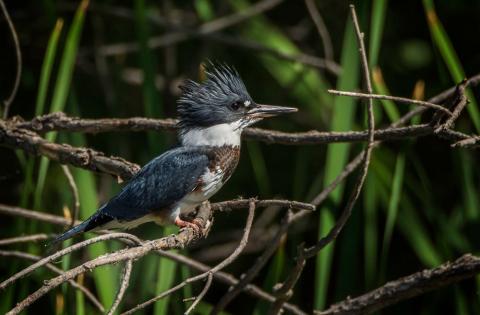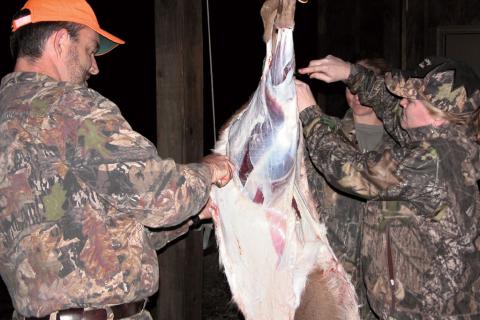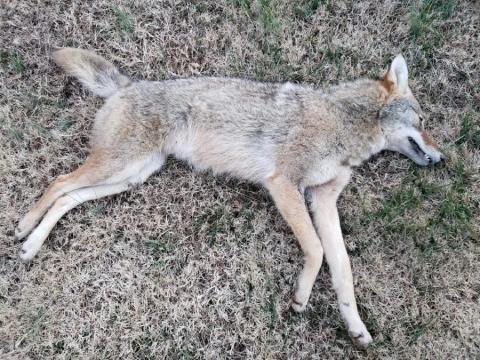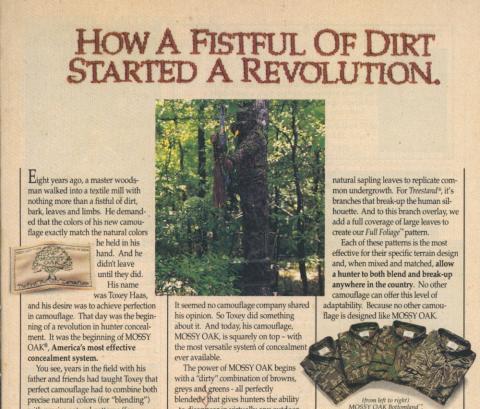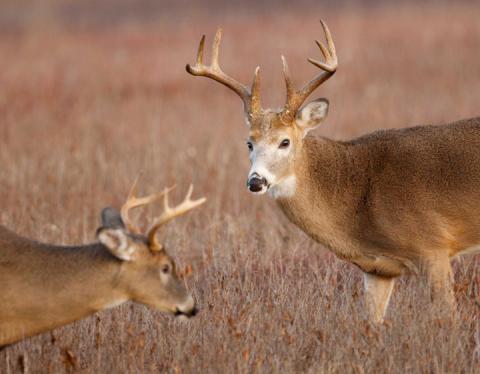Austin Delano | Originally published in GameKeepers: Farming for Wildlife Magazine. To subscribe, click here.
In many parts of the country the whitetail archery season opener is likely to be a warm and somewhat slow hunt. There are some fairly wide gaps in the opening dates of some states compared to others – for instance, it’s close to 60 days difference between South Carolina and Alabama. Even with the variables of geography, dates, terrain, weather and food there are a few places that seem to be favored by whitetails north to south during the early stages of the season.
Over years of spending countless hours during September and October in deer stands through a wide range of states, there are a couple of places I have learned that I want to be for these early season opportunities. The beginning of archery season is a chance to hunt deer when they are probably as laid back as they are going to be all season. Be smart about picking your first hunting locations and you may be surprised to see mature bucks on their feet with plenty of shooting light left.

Water
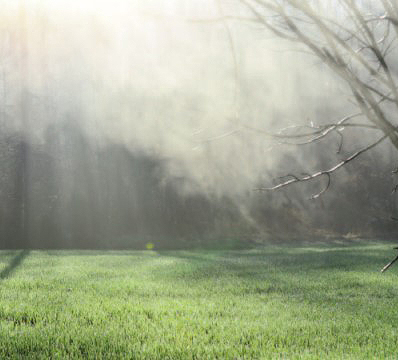
While they typically turn on a little later in the season, after
the legumes have run their course, you should still monitor
them. Fresh, tender, succulent cereals when they first
emerge can be unbelievably alluring to whitetails.
With temperatures still in the 70° to 90° F range during September (45° to 70° F in the northern tier of states), deer are going to be fairly close to a water source come evening time. To make the need for water even more essential, as of mid September, most whitetails will have their winter coat, so the temperatures and combined with the lack of moisture in the forage they’re consuming means they will need a drink. I vividly remember a hunt in Illinois during the first week of October, I was sweating enough that I really questioned my choice of going that day. I sat on a waterhole the size of a truck in the middle of hundreds of acres of crops and watched over 20 different deer use it before dark.
One visit to that waterhole on a quick scouting run told me everything - compared to other water spots it had 10 times the sign and that made it an easy decision to hang a stand there. Trail cameras are a great tool to show you where your deer are watering. Are they using a creek or pond to get their drink? Check for tracks first, but then get your cameras working for you to show you the most used entry and exit trails. In my experience, deer tend to be a little more wary and on edge approaching the water source than when leaving. If I have my choice I like to hang my set close to an exit trail.
Set your camera on a time-lapse setting and place it so you can see a wide angle around a water source. This way you can see best where and when your deer are using it. Whitetails like to use a water source during the afternoon/evening on the way to or from a food source. Find a heavily used creek crossing or easy to access edge on a pond and set up your ambush location so the wind will be in your favor. Also keep in mind which way the sun will be shining as it sets
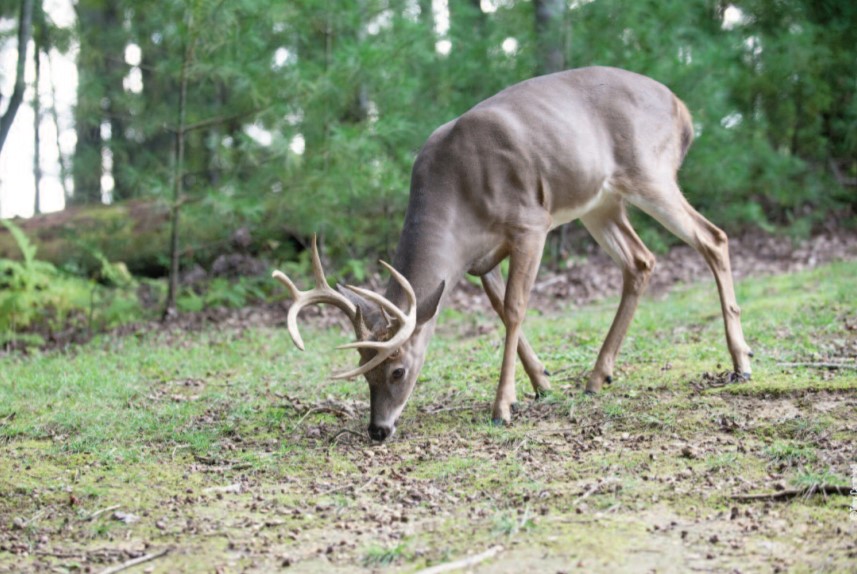
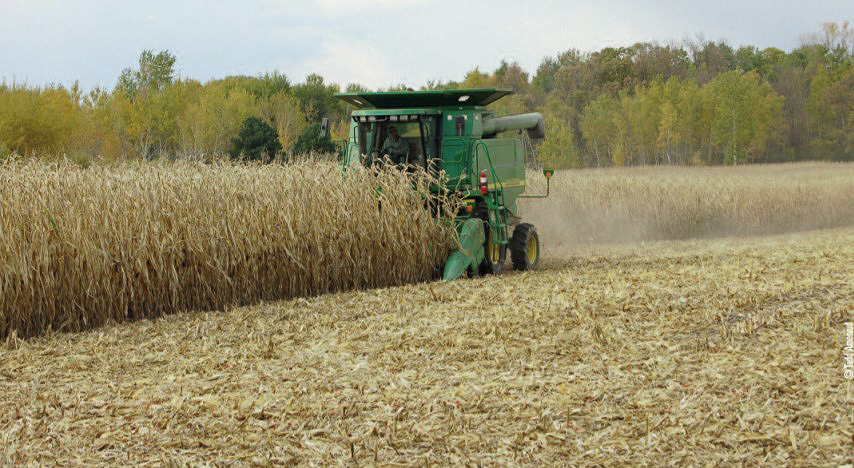
Acorns and Soft Mast
Most everyone is aware of a whitetails’ affinity for acorns and soft mast. Persimmons, apples, pears, and several varieties of oak acorns are highly preferred by deer as soon as they drop. White oaks or persimmons can be a perfect spot to sit on opening day. Doing some careful pre-season scouting to check for which trees are loaded-up and ready to drop will give you an edge. Try to do your scouting midday when the deer are less likely to be up and feeding so you don’t run them out of the areas you plan to hunt. Don’t spend any more time than necessary. Once you find a likely spot, mark it and slip out.
Beans, Peas, Warm Season Annuals, Harvested Corn
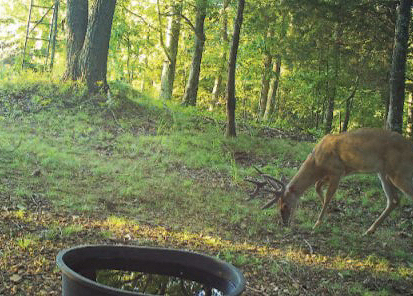
oak acorns and a water source can be deadly combos for
early season hunts. Water is easily placed at a location by
using a trough, a Banks Outdoors Watering System, barrel or
tub like this.
There are many states that have archery seasons that start during late August and early September. Warm season planted annuals like soybeans, peas, or Lablab are usually still being browsed heavily during this time and make a great stand location for an evening sit. Some corn is likely to begin being harvested at this time as well. I have had some hunts where the deer barely wait for the combine to leave the field before they begin to come in for the spoils. Whether it is a field you planted or a row-crop field edge, these annuals are a large part of the summer feeding pattern for deer, especially if cold temperatures arrive.
You have a good chance of catching them before they start to move more during dark because of hunting pressure. This is another situation where using trail cameras on a time-lapse setting to get pictures of an entire field, edge, or corner can be very useful. With one camera you can determine where your deer are entering and exiting these food sources.
This tactic worked to a “T” one year for me and helped me kill a really mature buck that was all but a ghost. I had a 2 acre field of lablab in the middle of a large section of mature hardwoods full of white oaks. When preparing plots during late August, this lablab field was still producing a lot of food and the deer were wearing it out. Instead of mowing and disking the whole field for my cool season plantings, I left 3 long strips of lablab standing and planted Deer Radish and Trophy Oats in between. This left plenty of forage standing and I had new browse coming in on its heels.
Opening week in late September I watched 2 different 5 year old bucks literally run into the field followed by a harem of does all with 2 hours of daylight left. Early season deer hunting can be a chore. They don’t always read the script, but sometimes they do and the reward is giving one a ride home in the back of your truck.
















